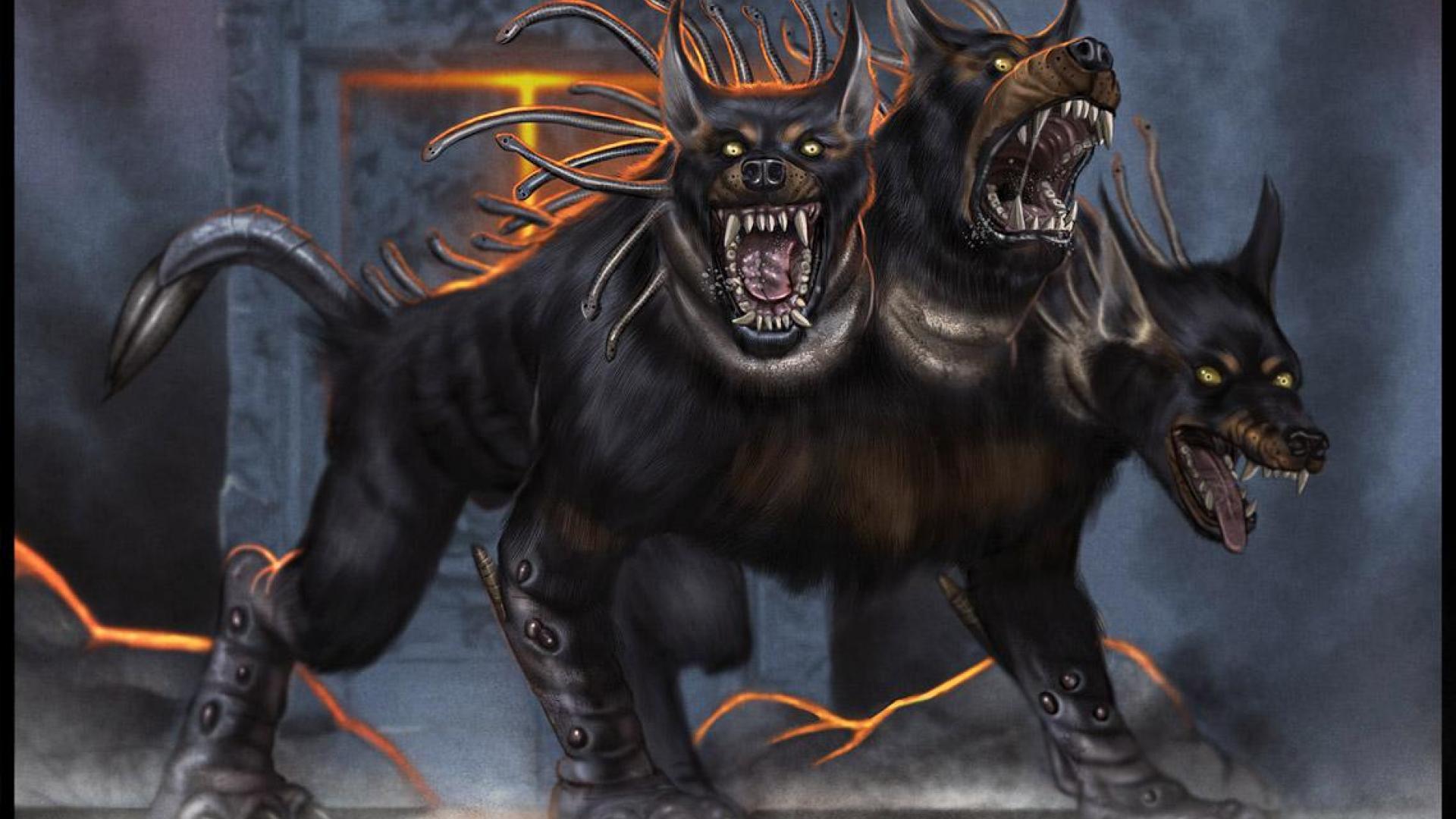


Darkness and a lack of sunlight are common features associated with the underworld and, in this way, provide a direct contrast to both the 'normality' of the land of the living (where the sun shines) and also with the brightness associated with Mount Olympus (the realm of the gods).

The underworld itself- commonly referred to as Hades, after its patron god, but also known by various metonyms-is described as being located at the periphery of the earth, either associated with the outer limits of the ocean (i.e., Oceanus, again also a god) or beneath the earth. In early mythology (e.g., Homer's Iliad and Odyssey) the dead were indiscriminately grouped together and led a shadowy post-existence however, in later mythology (e.g., Platonic philosophy) elements of post-mortem judgment began to emerge with good and bad people being separated (both spatially and with regards to treatment). The earliest idea of afterlife in Greek myth is that, at the moment of death, an individual's essence ( psyche) is separated from the corpse and transported to the underworld. In Greek mythology, the Greek underworld, or Hades, is a distinct realm (one of the three realms that make up the cosmos) where an individual goes after death.


 0 kommentar(er)
0 kommentar(er)
